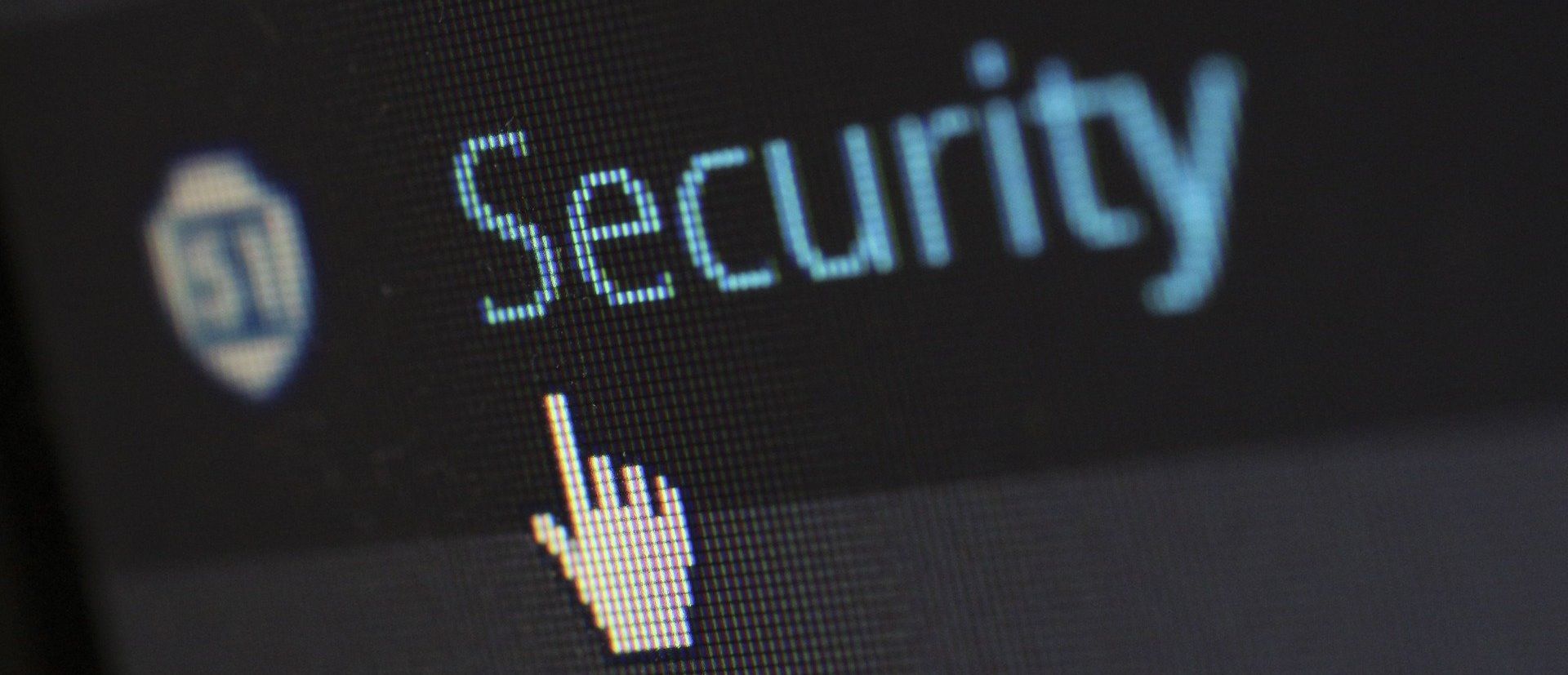Brute-force & VPN attacks on the Rise
Troy Gerrie • July 25, 2024
With the rise in remote work, the sophistication of hacking tools, and the surge in AI, brute force & VPN attacks are soaring. Since at least March 2024, there has been a global surge in brute-force attacks identified against a variety of targets including VPN services, web application authentication interfaces, and SSH services.
Known Affected Services
- Cisco Secure Firewall VPN
- Checkpoint VPN
- Fortinet VPN
- SonicWall VPN
- RD Web Services
- Ubiquiti
A Virtual Private Network (VPN) is a mechanism for creating a secure connection between a computing device and a computer network, or between two networks, using an insecure communication medium such as the public Internet.
Current trends indicate that VPN attacks are not only increasing in frequency but also growing in sophistication. The rise in ransomware cases exploiting VPN vulnerabilities, especially following public disclosures, underscores the inherent weaknesses of traditional VPNs. These flaws provide attackers with easy access points to penetrate networks and move laterally, resulting in significant data breaches and operational disruptions.
Progressive organisations are shifting to zero trust architectures to achieve more detailed control and significantly minimise the attack surface. This is achieved by eliminating implicit trust, both within and outside the network perimeter. This approach tackles the immediate weaknesses of traditional VPNs and aligns with a proactive cybersecurity strategy, crucial for adapting to the changing threat landscape.
A Brute Force Attack is a hacking technique that uses trial and error to crack passwords, login credentials, and encryption keys. The term “brute force” reflects the attackers’ relentless attempts to gain access. Hackers employ computers to test numerous username and password combinations until they find the correct one.
↓ Downside: An attacker can eventually discover a password through a brute-force attack.
↑ Upside: By following best practices for password creation and storage, it could take years to crack. With a sufficiently long and complex password, there could be trillions of possible combinations, making it extremely difficult for attackers.
Although it is impossible to completely stop these attacks, the following best practices can significantly thwart their efforts and enhance your security posture.
- Use Strong & Unique Passwords – passwords should be long and complex; each account should have a unique password.
- Limit Login Attempts - Block accounts after “x” number of failed login attempts.
- Monitor IP Addresses – Block login attempts from suspicious IP addresses.
- Use Multifactor Authentication (MFA)
– Multiple ways to identify a user is who they say they are. Something you have, something you know, something you are. EG. Password + Authenticator App code.
Recent Posts




